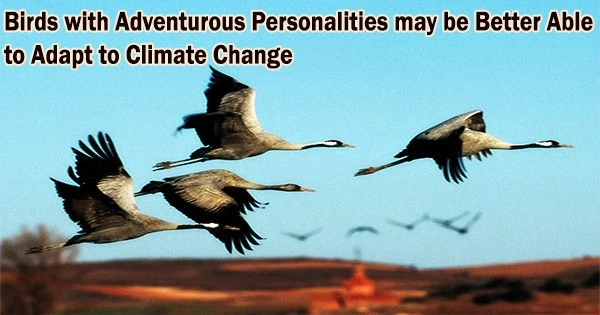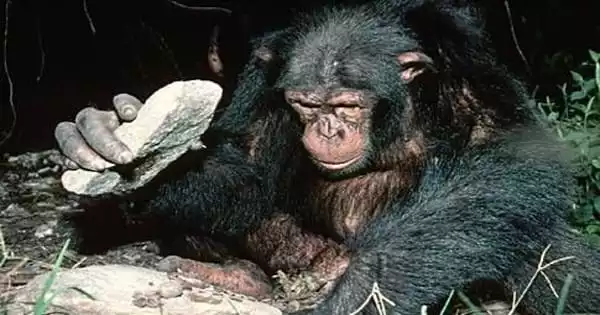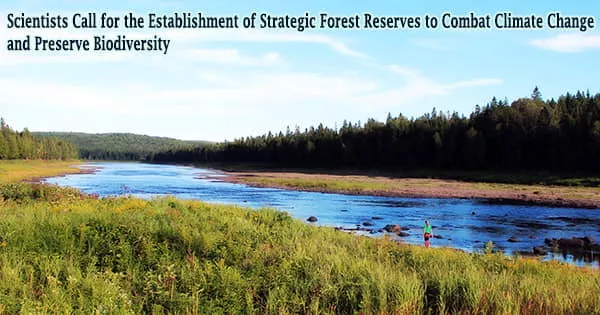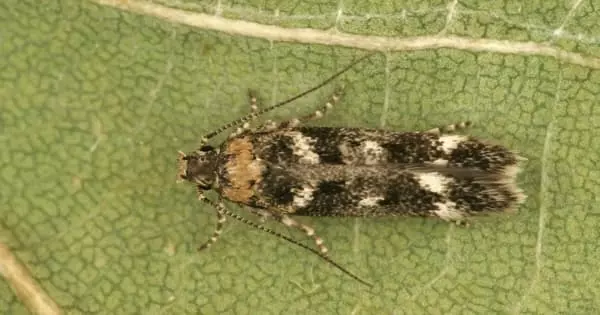Red knots, hefty migratory birds, spend the winter in the Wadden Sea, but such places are under strain. Due to human factors including sea level rise, tourism, and gas mining, the Wadden Sea is changing.
Scientist Selin Ersoy, an ecologist at the Royal Netherlands Institute for Sea Research (NIOZ), investigated how individual red knots’ “personalities” varied and influenced their food-finding behaviors. People that travel quickly and take the chance to forage in various locations eat a variety of foods. This may greatly increase the red knot population’s overall resistance to environmental change.
Red knots could copy the food-gathering behaviour of adventurous peers who succeed in new places. “Differences in character between red knots seem to be an important ingredient for the resilience of the whole group,” said Ersoy.
Her research establishes for the first time a link between experimentally observed behavior and genuine real-life behavioral tactics used in the Wadden Sea mudflats. This week Selin Ersoy defended her Phd thesis at the Groningen University.
Animals also have personalities
Red knots of all ages and sexes show behavioural traits. The majority of these don’t alter much over time, however people vary. In a strange situation, some people are more intrepid and exhibit more exploring behaviors than others.
Others are less adventurous and rarely venture out into strange environments. Few research have looked at the ecological and evolutionary effects of these “personalities,” therefore it is unclear how much of an impact they have.
Selin Ersoy has created a novel method for determining the personality differences between unique red knots as part of her PhD research. She was interested in how individual differences emerge as well as if behavior in experimental settings may be generalized to a wider and more complicated natural setting.
“With our new method that allowed studying animal personality in the wild, we found that red knots develop their personality probably through the experience that they get when growing up,” says Ersoy. “After growing up, adults stick with exploratory behaviours. They seem to be like character types in humans.”
Explorers eat higher quality food
Even more, Ersoy and her coworkers were able to foresee a variety of additional behaviors in the field. For instance, foraging strategies and diet selection in the wild are predicted by variations in the explorative personality type (i.e., slow vs. quick explorer).
While slow explorers rely on tactile foraging and consume hard-shelled species like cockles, fast explorers employ more visual foraging and eat soft prey like shrimp or worms. This is a novel explanation for differences in foraging niche specialization within populations.
Exploratory behaviour also relates to variation in movement across the landscape and over time. Ersoy:
“We were amazed to see that slow and fast explorers have clearly different movement patterns during the night, while at day they moved more or less the same way. These different individuals even have different arrival times from migration. Fast explorers arrive to the Wadden Sea later than the slower explorers.”
Ersoy and her colleagues want to study next where they stay in the meantime. Maybe these red knots take more time to care for their youngs in the Arctic.
The whole group benefits
“We found striking differences in feeding and movement patterns between slow and fast exploring red knots. This suggests that fast explorers might provide foraging information and new foraging opportunities for entire populations,” says Ersoy.
“Such new opportunities are important because red knots face pressures from human impact on their coastal wintering habitats, directly related to availability of food. Fast explorers can help the entire population to cope with environmental change.”
Gap closed between controlled experiments and real Wadden Sea
Understanding the mechanisms underlying behavior in the wild is the aim of studying behavior in experimental settings. The work by Selin Ersoy bridges a significant gap between the experimental study of wild animals in controlled surroundings and the behavior that is observed in the wild.
“It’s a first step. We need to do similar personality research on other animals and on other natural habitats,” says Ersoy. “We want to know if personalities work the same in other species and situations.”
Tracking movements of guillemots with tiny transmitters
Researchers like Selin Ersoy track birds using ultra-small radio transmitters placed on their backs during the summer months. Birds are not bothered by them. Those transmitters send out unique signals. These are received by antennas scattered throughout the Wadden Sea.
Reverse GPS
WATLAS is a new system that makes use of so-called ‘reverse-GPS’. Birds are temporarily equipped with tiny transmitters that send out a signal of their own. Fixed receiving stations in and near the Wadden Sea pick up that signal. The position of the animal with the transmitter is computed with an accuracy of a few meters, second by second, due to the minute variations in the timing of arrival of the signal between different receivers.
With the use of WATLAS, scientists may precisely observe a migratory bird, like the red knot, as it moves back and forth with low and high tide in search of food. Researchers can now observe interactions between various species from the comfort of their office chairs because numerous birds can be equipped with the comparatively affordable transmitters at once.
















